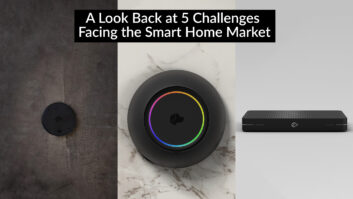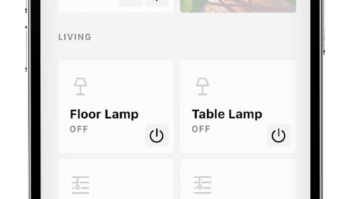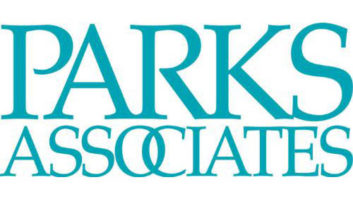Clients are becoming more and more aware of home automation because there are so many DIY brands out there. With HomeKit again a part of the conversation at Apple, home automation will gain an even larger awareness. With awareness comes a lot of opportunity, but also a lot of risk. The opportunity is pretty obvious—more calls, more proposals, more work. The risk is the possibility that more and more potential clients will only ask about the DIY brands, which pose challenges in selling and integrating into full systems.
This is why even if we never expect to sell a DIY product, we still need to play with them and know their capabilities and weaknesses so that when clients ask, we can talk intelligently and clearly explain why we choose not to work with the product and the risks they pose to a project. We are our clients’ technology experts, and it is our job to make sure it works within the system and for all use cases, reliably and consistently. No matter how much a client raves about a product, we are the ones on the hook if it doesn’t work (or doesn’t work perfectly every time), then we have to either be prepared to deal with that—and the reputation hit you will take—or have other options or solid reasons why it isn’t the way to go.
I have been playing with several tried-and-true DIY brands in my own home and office. Below is what I think of them, whether or not I would integrate them into a client’s project, and why.

Sonos Zone Player 120Sonos: I’m currently giving Sonos a shot in my own home. I have to admit, while I’ve been skeptic for a long time, news that they will be opening up their API (and have done so with Savant already) and the fact that the product is simple to install, works reliably, is backed by solid tech and customer support, and does offer at least some margin means that I will likely be selling it to my customers soon. And it is one of the few products customers ask for by name. Integrated into an audio matrix, it makes a pretty solid media streamer, allowing clients to have access to pretty much every streaming service available, and if you just have one per household member, it won’t make much of an impact on your network.

Ring automated doorbell
Ring: I actually have Ring in my home. The biggest issue is that it doesn’t integrate with any control system that I know of (at least not well, if it does). What I do like about it is that it is a great interface and customers love it. While I would sell it, I don’t see any need to. If a client wants it, they can buy it and I’ll stick it on the front door. But they have to be aware that it can’t do anything but what it is made to do—we cannot base any activities around it—no “if the doorbell rings, flash the lights.”
I really don’t see doorbells as something integral to home automation, so I don’t get too concerned about Ring. It just isn’t worth fighting the battle with customers, as there are more sensitive areas I would rather use my political capital. That said, I’d like to see Ring integrate with professional home automation systems because I’m sure I could come up with some cool uses for it!
Amazon Echo/Alexa: OK, I LOVE having Alexa in my house. It

Amazon Echo is just so easy to tell her to play music, and it happens. As a standalone device, the Echo is not designed for whole-home music or home automation. With the “Skills” section on the Alexa app, however, several DIY brands are able to work with this voice-controlled device—things like Ecobee and Nest thermostats, Lutron Caseta lighting, and Wink home automation. I even see skills for Vivint and Alarm.com, two more professionally installed lines. Then there are the home automation companies that integrate with Alexa, but without using the Skills, like Clare Controls, which we saw at CEDIA last year. I am hopeful that more professional integration brands will develop official Skills as well. In the meantime, we are honest with clients and tell them that we feel voice control isn’t ready for prime time. It isn’t a big deal if the wrong Amazon Music station plays if Alexa doesn’t hear you clearly, but if you turn on the lights in the bedroom instead of the bathroom at 1 a.m., your spouse is NOT going to be happy with you!
Nest automated temperature controlNest: Customers love Nest, and it has amazing name recognition, probably more than Sonos. But we would rather go with a thermostat native to a control environment. Crestron, Control4, Lutron, and other thermostats are much more robust, can be used with remote temperature sensors, can have customized schedules (as opposed to it learning and trying to automate HVAC via an algorithm). Nest looks great and works well, and is a good solution for someone without a home automation system, but the client will have a better experience with a true home automation thermostat.
Typically it is pretty easy to convince the client to go with a Crestron thermostat. The conversation pretty much boils down to, “Based on what you told me, aesthetics are important, so why not just have a small temperature sensor that you can’t even see, and put the thermostat somewhere hidden where it won’t be an eyesore on the wall.” Honestly, to make our lives easier, I’ll even give the client credit for what they paid for the Nest if job is big enough, so they don’t feel like they are throwing away good money.
What brands of DIY product have you tried out personally? Which would you, or do you, sell to clients? Which won’t you sell or install? Why?







